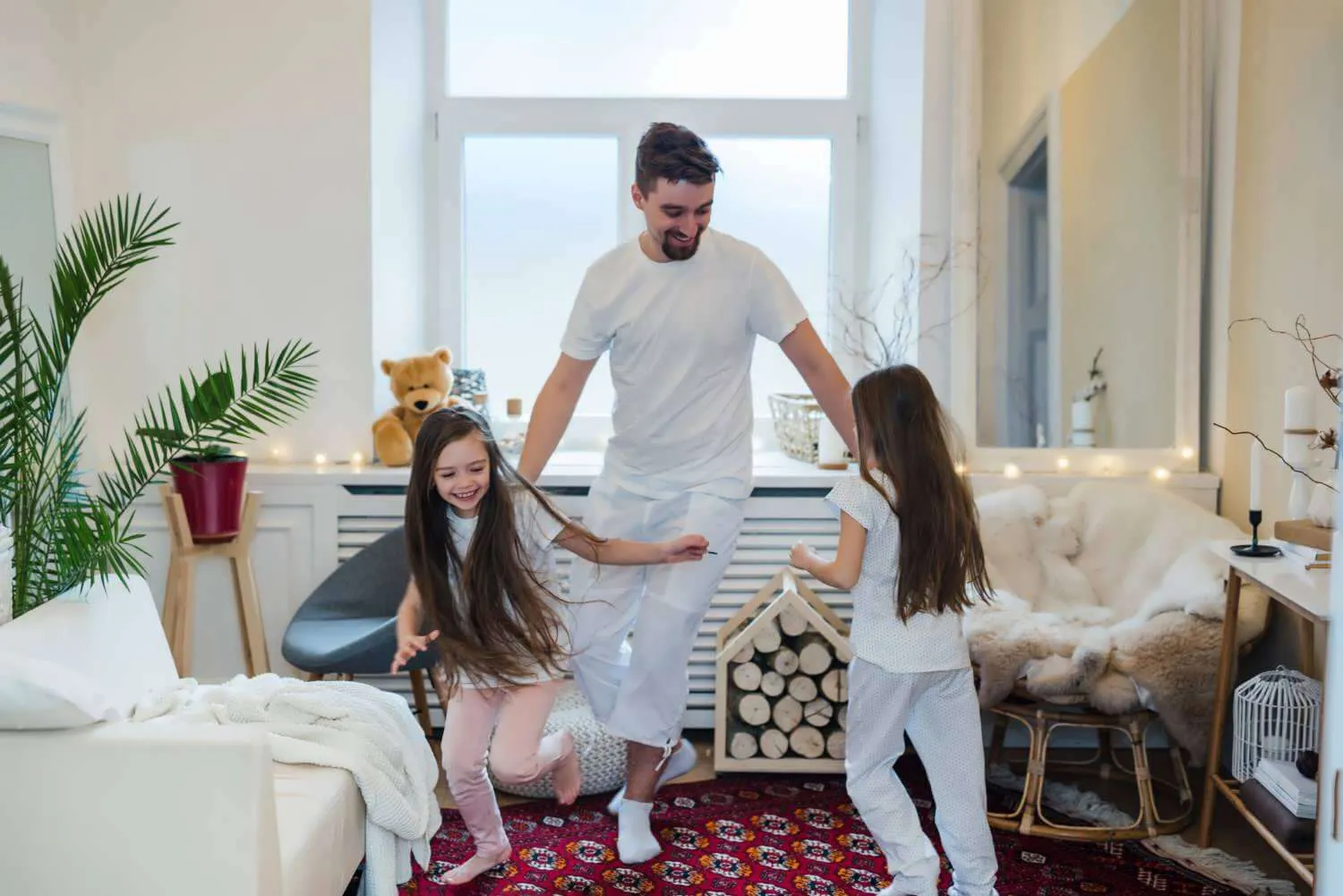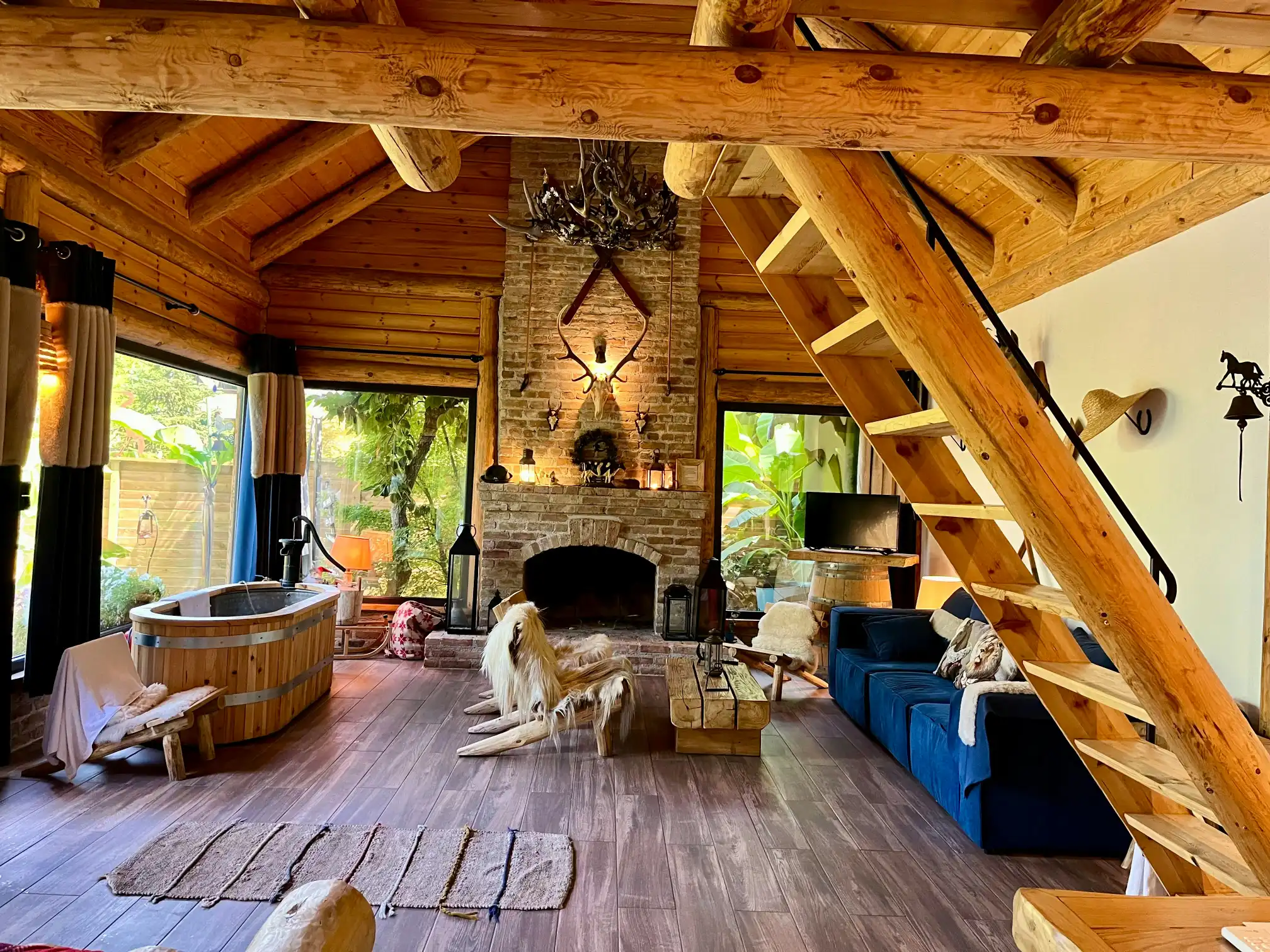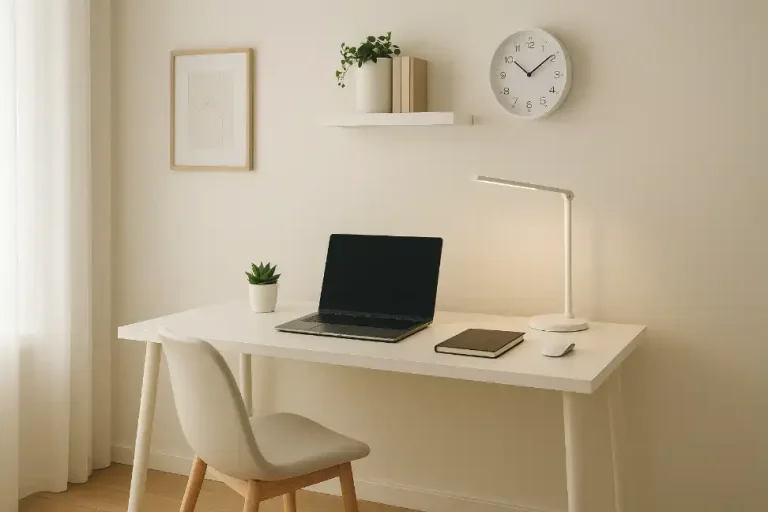A-Frame Cabin Interior Design: 12 Breathtaking Ideas
The A-frame cabin stands as an architectural icon of escape and adventure against towering pines. Its distinctive triangular silhouette, sharp angles reaching skyward like a modern wilderness, has captivated homeowners since its mid-century heyday. Today, these geometric retreats are experiencing a renaissance, evolving from rustic hideaways into sophisticated statements that blend architectural heritage with contemporary design.
A-frames present unique interior challenges despite their charm. The slanted walls create awkward corners and unconventional spaces. Soaring ceilings can feel cavernous and empty, while the triangular footprint demands a different layout approach. This isn't about creating another pine-paneled, antler-adorned lodge. It's about embracing Modern Mountain styling, a sophisticated aesthetic that balances warmth and minimalism, raw and refined elements, to create timeless and contemporary spaces.
In this guide to A-frame cabin interior design, we'll show you how to turn challenges into opportunities. You'll learn to optimize your A-frame's layout, select materials that enhance its features, and implement furnishing strategies that maximize comfort and rental income. Whether renovating an existing cabin or planning a new build, this roadmap will help you create a profitable and beautiful mountain retreat.
The A-Frame Advantage: Embracing Your Cabin's Unique Architecture
Before diving into design specifics, it's important to recognize that what makes A-frames challenging makes them special. The features that require creative solutions are the same ones that give these spaces their distinctive character and appeal.
Upon entry, the cathedral ceilings and vertical space create an immediate sense of grandeur. An A-frame offers the perfect canvas for statement lighting, suspended art installations, or functional elements like climbing walls for kids, unlike yesterday's low-ceilinged cabins. This verticality creates a psychological expansiveness that belies the cabin's actual square footage.
Most A-frames have a primary wall of windows, a natural viewfinder framing forest, mountain, or lake views. This feature is the cornerstone of Biophilic Design, connecting interior spaces with the natural world. This connection to nature is not just aesthetically pleasing; research shows it reduces stress, improves cognitive function, and enhances wellbeing all qualities that translate to five-star reviews for your rental property.
The sloped ceilings that create spatial challenges also produce the cozy A-frame interior that guests crave. The angled walls create intimate nooks in corners and upper floors, perfect for reading corners, built-in beds, or window seats that invite contemplation of the view. These cocoon-like spaces offer a sense of shelter and security that flat walls and ceilings cannot replicate.
7 Core Principles of Modern Mountain A-Frame Design
The Modern Mountain aesthetic is about balance. It creates spaces that feel warm and clean, rustic and sophisticated, connected to tradition yet contemporary. This balance is crucial in A-frame cabins, where the architecture requires thoughtful design decisions.
- Maximize Natural Light: The front glass wall of an A-frame provides abundant light, but the corners and back can feel dark. Keep window treatments minimal or opt for automated blinds for privacy. Use light paint colors (whites, soft grays, or pale woods) on some walls to bounce light deeper. Add skylights or clerestory windows on end walls to brighten the interior.
- Embrace Natural Materials: Mountain modern decor hinges on its material palette. Wood remains the star; but not just any wood. Consider white oak flooring with a matte finish instead of glossy traditional cabin pine. Incorporate stone in fireplaces or accent walls, preferably in clean, contemporary cuts rather than rustic river rock. Add leather in furnishings, wool in textiles, and blackened steel or brushed bronze in lighting fixtures and hardware. These materials create warmth and authenticity without veering into "cabin cliché."
- Prioritize Clean Lines: The A-frame structure is geometrically complex, with dramatic angles and intersections. To avoid visual chaos, balance this complexity with furnishings and architectural details that feature clean, simple lines. Pair a sleek, low-profile sofa with the rustic cabin shell. Choose cabinetry with minimal ornamentation. This juxtaposition of simple against complex creates a sophisticated tension that defines modern mountain style.
- Strategic Use of Wood: Contrary to traditional cabin design, not every surface needs to be wooden. Too much wood paneling can make spaces feel dark and dated. Consider painting some wood surfaces white to brighten and modernize the space, or go bold with a dark, moody accent wall. For natural wood, consider smoother finishes and lighter tones instead of the orange-hued knotty pine of traditional cabins.
- Create Functional Zones: The open-concept layout of A-frames requires thoughtful zoning to define areas. Use area rugs to anchor seating, pendant lighting for dining, and furniture arrangement to create pathways. In a small A-frame, multi-functional areas are key: a dining table that doubles as a work surface, or a living area that transforms for sleeping with a high-quality sleeper sofa.
- Focus on a Statement Feature: Every successful A-frame interior has a focal point anchoring the design, often a dramatic fireplace or the view through the main glass wall. Design your space to complement this feature. If your cabin has a stunning stone fireplace, keep the surrounding décor subdued. If the mountain view is your selling point, orient seating to frame this natural artwork.
- Texture is Everything: Since Modern Mountain color palettes lean towards neutrals (whites, grays, blacks, and natural wood tones), texture creates visual interest. Layer a chunky knit throw over a smooth leather chair. Pair a rough-hewn wooden mantel with sleek tile. Add a high-pile shag rug to a smooth wooden floor. These textural contrasts add depth and sophistication to what might otherwise be a flat, monotonous space.
A-Frame Cabin Layouts: Maximizing Every Slanted Inch
A successful A-frame cabin layout forms the foundation of your design. Without thoughtful space planning, even the most beautiful furnishings and finishes won't create a functional, comfortable environment. The triangular footprint presents unique challenges and opportunities for creative solutions.
The Open-Concept Ground Floor
The ground floor of your A-frame offers the most vertical space and flexibility. You will locate the kitchen, dining, and primary living areas here. Position the kitchen along a side wall where the ceiling is highest, allowing for upper cabinets and proper ventilation. A kitchen island facing the main living space creates a social hub and provides additional counter space without blocking sightlines.
For the living area, place the primary seating group near the main window wall to capitalize on views. A floating furniture arrangement seating away from walls creates a more intentional space than pushing everything against the perimeter. This also solves the problem of unusable corners where the roof meets the floor, making them perfect for plants, floor lamps, or built-in storage.
Genius A-Frame Loft Ideas
The A-frame loft space presents the greatest challenge and opportunity for creative design. These A-frame loft ideas transform awkward spaces into distinctive features:
- The Cozy Retreat: Create a primary bedroom suite with a low-profile platform bed positioned where the ceiling height is adequate. Built-in nightstands and integrated storage drawers in the platform eliminate the need for additional furniture that does not fit under the sloped ceiling.
- The Entertainment Zone: Transform your loft into a media room with a projector screen mounted on the flat end wall. Floor cushions, poufs, and low lounge seating create a comfortable viewing environment while respecting the ceiling constraints.
- The Hybrid Office: With remote work common, a loft can become a productive workspace. Position a desk facing the view, with built-in shelving on the end wall. Add sound-absorbing elements like rugs and textile wall hangings to improve video call acoustics.
- The Kids' Bunk Room: Custom built-in bunks that follow the roofline optimize the space while creating a magical environment for children. To make each bunk a self-contained retreat, add reading lights, charging stations, and privacy curtains.
Smart Storage for Awkward Corners
In a small A-frame cabin interior, smart storage solutions are essential. Traditional tall furniture like armoires or bookshelves won't work against sloped walls. Embrace horizontal storage solutions: low credenzas, built-in cabinets that follow the roofline, or furniture that doubles as storage like ottoman coffee tables or storage beds.
Consider custom built-ins that maximize usable space. Window seats with drawer storage, pull-out stair treads, or trap doors for seasonal items increase your cabin's functionality. Wall-mounted solutions like floating shelves, pegboards, or rail systems utilize vertical space where ceiling height permits, keeping the floor clear and the space open.
Furnishing Your A-Frame: Style Meets Functionality
Choosing the right A-frame furniture requires considering scale and style. The architecture demands pieces that complement rather than compete with the space's character, while still providing comfort and functionality for your guests.
Go Low and Lean
The sloped walls of an A-frame make tall furniture impractical. Instead, choose low-profile pieces that fit under the angled ceilings. Mid-century modern furniture works beautifully in these spaces, with its low silhouettes and tapered legs that create openness by allowing sight lines under pieces.
Consider sofas and sectionals with clean lines and minimal bulk. Armless pieces offer flexibility in tight spaces, while modular options allow reconfiguration. For dining, choose sleek tables and chairs that tuck completely underneath to maximize walkways.
The Power of Statement Lighting
The soaring A-frame ceiling allows for dramatic lighting. A large pendant or chandelier fills the vertical space and creates a focal point that draws the eye upward, emphasizing the unique architecture. Modern interpretations of traditional mountain lighting, like simplified matte black antler chandeliers or geometric cage pendants, bridge rustic and contemporary elements.
Balance the dramatic overhead lighting with layered task and ambient options. Floor lamps illuminate dark corners, while table lamps create intimacy in seating areas. Use LED strip lighting along the ceiling to highlight the A-frame shape, or use wall sconces where vertical wall space allows, particularly in hallways or bathrooms where floor space is limited.
Anchor with Area Rugs
Area rugs serve multiple purposes in an A-frame. They define zones in open-concept spaces, add warmth and texture to hard surfaces, and improve acoustics in high-ceiling spaces. A large rug can anchor the main living area, while smaller rugs can define reading nooks or entryways. Choose patterns and materials that withstand mountain living wool blends resist wear and staining while providing warmth in cooler months. Consider layering rugs for added texture and interest, placing a smaller high-contrast geometric pattern over a larger natural fiber base.
Conclusion
Creating a successful A-frame cabin interior design requires balancing respect for the unique architecture with contemporary design principles. You can transform a challenging space into a sought-after mountain retreat that honors its architectural heritage while meeting modern expectations by maximizing natural light, embracing quality materials, implementing smart layouts, and layering textures.
Applying these principles can transform your A-frame from a basic vacation property into a high-performing investment that stands out in a competitive market. Instead of relying on guesswork or generic design trends, partner with experts who understand A-frame architecture and the short-term rental marketplace.






